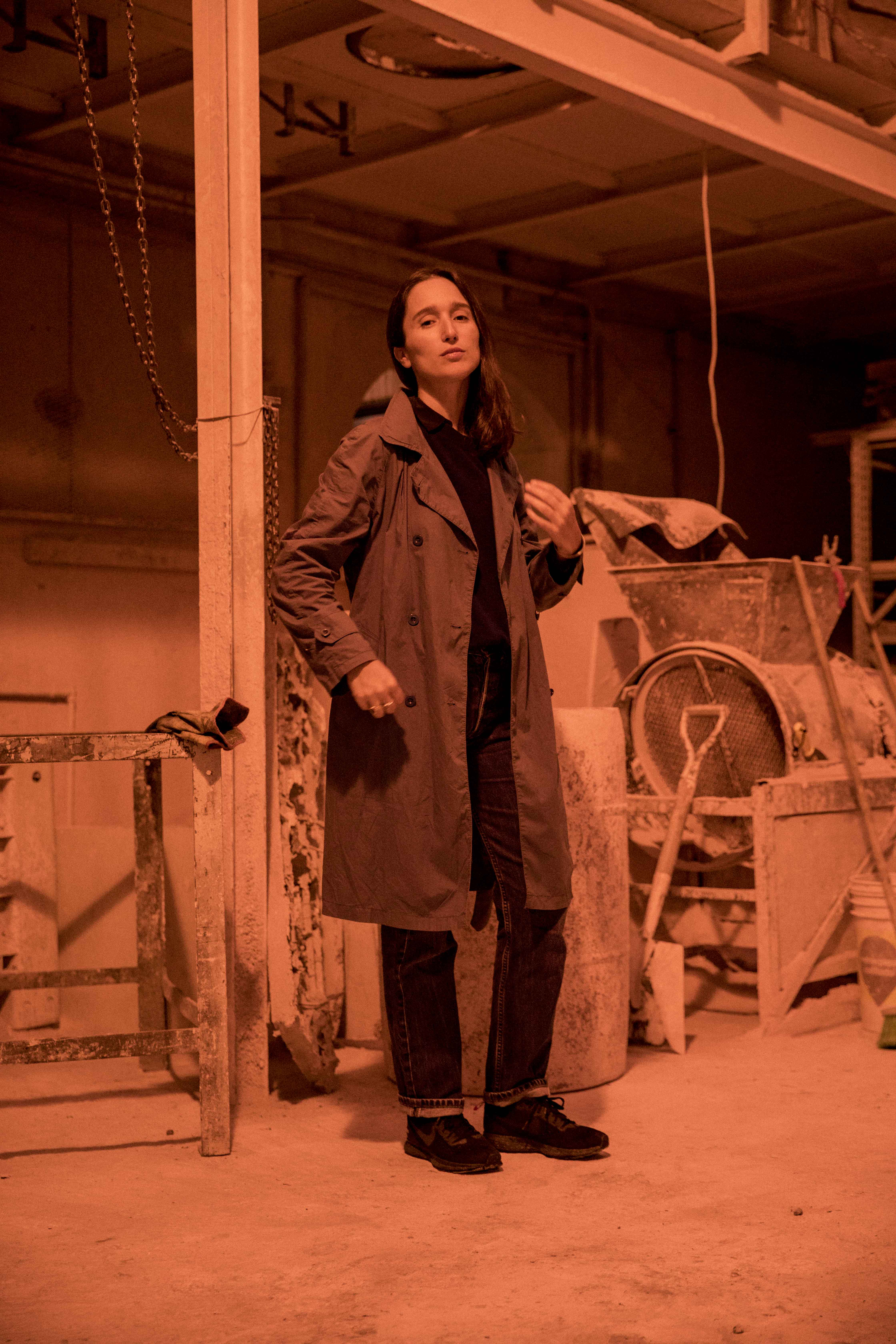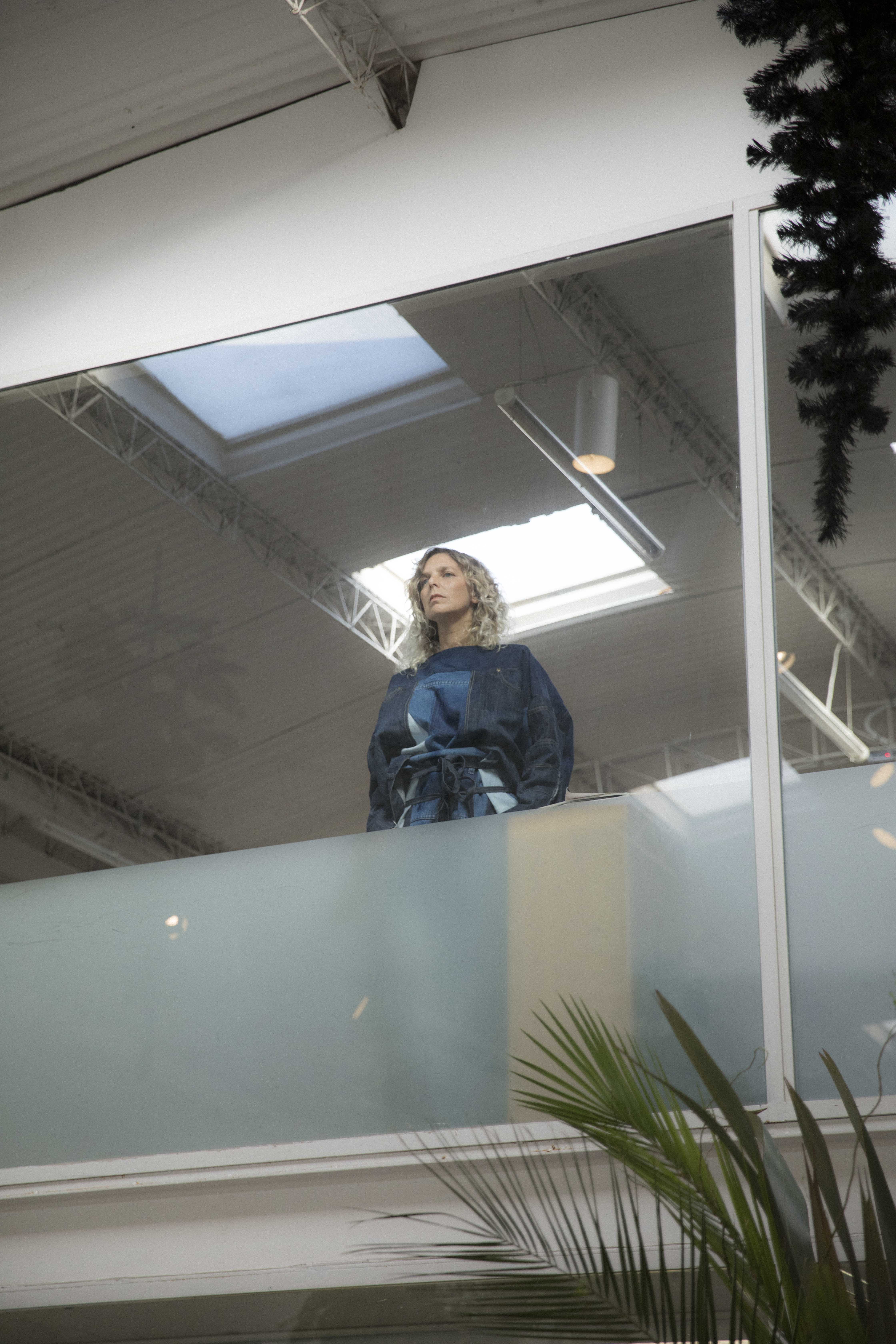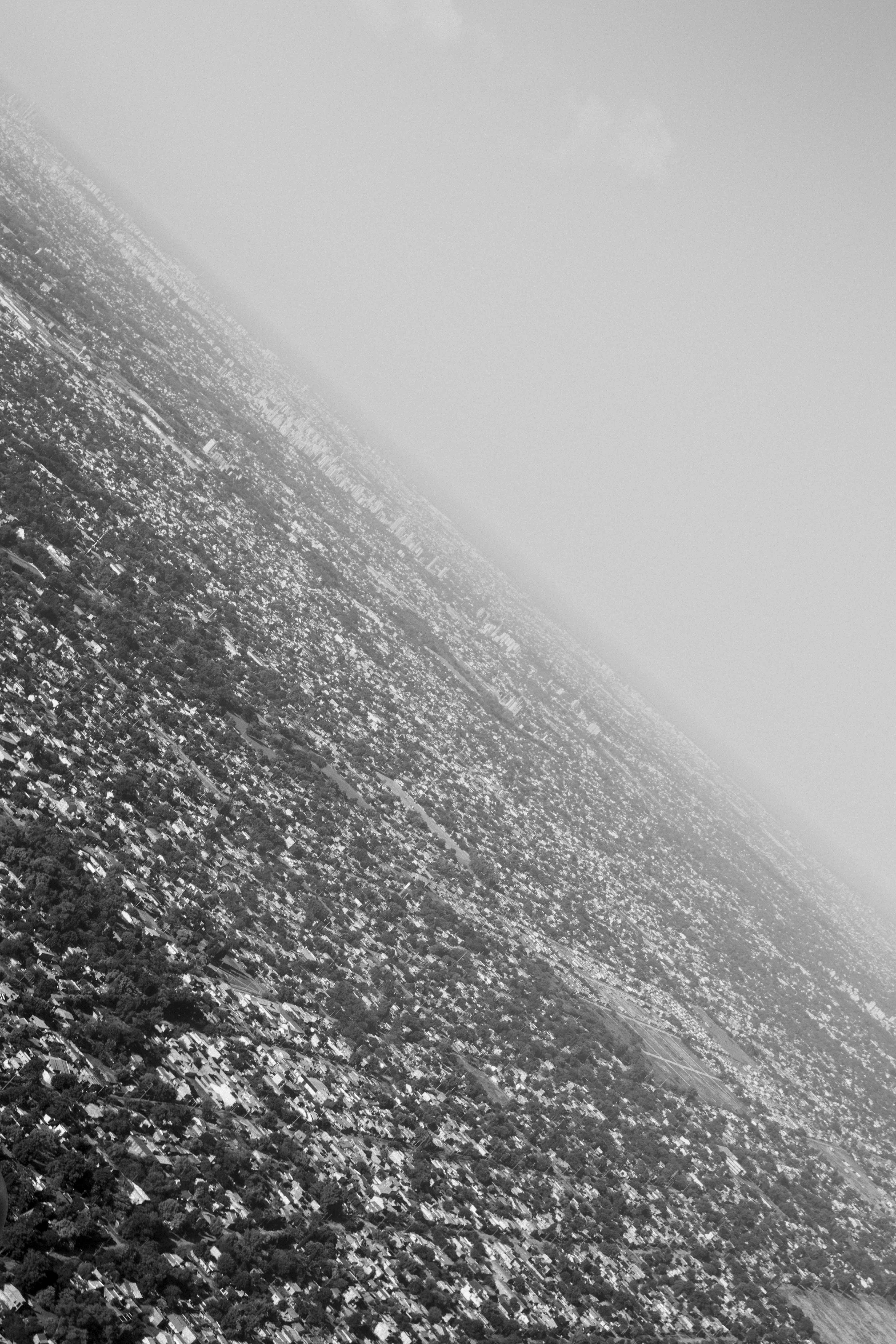LUNA PAIVA, artist

What’s your first memory of Argentina?
One of my first memories is of Argentina, when I was three years old. My parents had just divorced, and my mother came home to Buenos Aires from Paris, where I was born. The year was 1983, when democracy was reestablished, and it was an exciting time. My mother started to work in culture as National Director of Visual Arts and we’d travel around Argentina with her. I remember once she had to bring books and posters about artists to remote schools in the rural province of Salta. She left me in Tilcara for a few days because she could only reach these places by donkey. On that particular trip, my sister (who was a baby) and I stayed behind with our nanny Manuela, and when my mom returned I had completely adapted to village life, I was living in a Salteña family. Since then, my mother says that I love small villages.
What’s the best place to get lost in Buenos Aires?
I think downtown Buenos Aires, el microcentro, is full of surprises. It’s horrible and beautiful. If you pay attention, you’ill stumble across an old-fashioned chocolate shop or an art-deco apartment entrance, old auction houses or vintage jewellery shops. Every glance is a chance to frame and reframe, to witness moments in time, in lives.
A recipe from your childhood
A recipe from my childhood would be a kilometric French fry (about a foot long) that a handyman named Ojeda used to make at our house. My mother was working all day, so she decided that he was the right person to look after us. He became a folk artist after being surrounded by so many painters, and he was really good. Once Paloma Picasso came for dinner and, instead of bringing desert to the table, he locked the doors of the dining room with his paintings. He sold them all.
Living as an artist in Buenos Aires… How does Argentina inspire your works?
Living as an artist in Buenos Aires is all about distance. It’s far from the art world – far enough to be absolutely focused on your work – but it’s also too far to have the chance to show your work easily. There’s always a trade-off. If you can travel, it’s possible to strike a balance. Nature and culture are both wild and very present in Argentina. I can’t imagine giving up that immediacy.
What’s your playlist for travelling in Argentina?
My latest playlist for travelling in Paraguay and in Big Sur is full of the Argentine songwriters I love: Charly Garcia, Luis Alberto Spinetta and Gustavo Cerati.
Your favourite neighbourhood in Buenos Aires
It’s impossible for me to pick a favourite neighbourhood. So many have their own discrete beautiful imperfection, but the area around the Obelisk downtown is surefire inspiration. It’s bursting with life, chaos, turmoil. Whatever happens in Buenos Aires, it happens there first.
Your address book for Buenos Aires… (list five tips for arts, food, neighbourhoods, shops, happenings, etc.)
Art: Teatro Colón, Salón Canning for tango, Revolver Gallery, MALBA, the Fernandez Blanco Museum.
Food: Gran Dabbang, Proper for dinner, Narda for breakfast, Los Platitos for lunch, San Bernardo for table tennis and beer.
Shops: Aux charpentiers for gaucho pants, Arandú for traditional goods, JT by JT, House of Matching Colors.
My favourite places in Argentina: Salta, Jujuy (it’s a quick jump to Atacama from there), Patagonia Lakes and Ocean Side and the Iguazú falls.
The lunch table for you and your mother in the city.
With my mom and grandmother: Sottovoce, old-school Italian in Recoleta.
Has Buenos Aires changed over the years?
Buenos Aires has changed, but it’ll always be unruly and charismatic. There’s an effervescence that springs from collaborative work here, something about the creative process that keeps me rooted in Latin America.
What do you believe in?
I believe in change, chance encounters and good will. I love the feeling that everything can change and change drastically. To live many lives in one.
JESSICA TROSMAN, designer

What’s your first memory of Argentina?
The house of my grandparents where we met with my cousins every Saturday to play. Family reunion.
What’s the best place to get lost in Buenos Aires?
The National Library, and my house.
A recipe from your childhood.
A cake called “chocótorta” made with chocolinas, dulce de leche and milk.
Living as an artist in Buenos Aires…
is very creative and in a way you become very self-sufficient.
How does Argentina inspire your works?
Knowing that we even have to invent our materials sometimes. Start from zero.
What’s your playlist for travelling in Argentina?
La Negra Sosa, Serú Girán, Gaetano, Pink Floyd, Fito.
Your favourite neighbourhood in Buenos Aires.
Villa Crespo. Villa Crespo is a neighbourhood with no fashion stores and that’s why I adore it. You can be surrounded by mechanical shops and people that don’t have anything to do with trends. At the same time, as there are many houses and it isn’t in vogue, cool people are moving to the area.
Your address book for Buenos Aires.
Art: Nora Fisch Gallery, Orly Benzacar, artists such as Vicente Grondona, Juan Becú, Fernanda Laguna, Luna Paiva, Leandro Erlich.
Food: Narda Comedor, Orilla, Tegui, Yeite, Proper, Oporto.
Neighbourhood: La Boca, San Telmo, Villa Crespo, Tigre.
The lunch table for you and your mother in the city.
Usually we go to all the above places.
Has Buenos Aires changed over the years?
Yes, lots!
